Home>Home Maintenance>How To Find Mold In The House Ventilation System
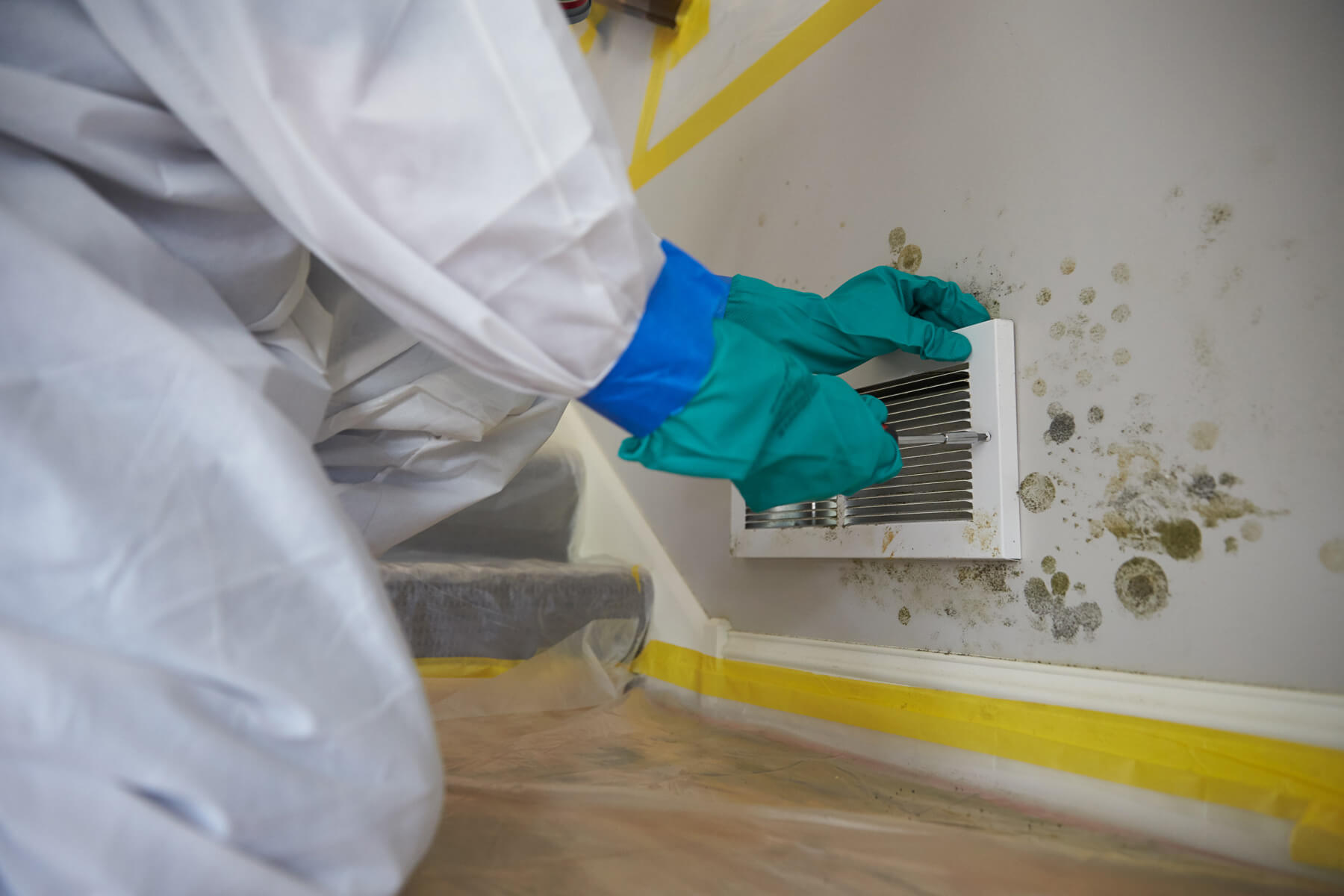

Home Maintenance
How To Find Mold In The House Ventilation System
Modified: March 6, 2024
Learn effective home maintenance tips to find and detect mold in your house ventilation system. Ensure a healthy living environment with our expert guidance.
(Many of the links in this article redirect to a specific reviewed product. Your purchase of these products through affiliate links helps to generate commission for Storables.com, at no extra cost. Learn more)
Introduction
Welcome to our comprehensive guide on how to find mold in the house ventilation system. As homeowners, it’s important to ensure that our living spaces are safe and healthy. One common issue that many people face is the presence of mold in their ventilation system. Mold can thrive in the dark, damp environment of ducts and vents, leading to a variety of health problems and even compromising the structural integrity of the house.
In this article, we will discuss the telltale signs of mold in the house ventilation system and guide you through the process of checking for mold in the air ducts, inspecting air vents, and detecting mold in the HVAC equipment. We will also provide tips on how to effectively clean and remove mold from the ventilation system, as well as strategies to prevent mold growth in the future.
It is important to note that detecting and dealing with mold in the house ventilation system should be approached with caution. If you have a severe mold problem or are unsure about how to handle the situation, it is advisable to seek the assistance of a professional mold remediation company to ensure thorough and safe removal.
Now, let’s dive in and learn how to identify and eliminate mold from your house ventilation system, improving the air quality and overall well-being of your home.
Key Takeaways:
- Keep an eye (and nose) out for mold in your home’s ventilation system by watching for musty odors, visible mold, allergy symptoms, water leaks, and reduced airflow. Prompt action can prevent health issues and structural damage.
- Regularly inspect and clean your ventilation system to prevent mold growth. Maintain proper ventilation, control indoor humidity, fix water leaks, clean vents and filters, insulate and seal ductwork, and schedule professional maintenance to keep your home mold-free and healthy.
Read more: How To Check For Mold In HVAC System
Signs of Mold in the House Ventilation System
Mold in the house ventilation system can cause a range of health issues, including allergies, respiratory problems, and even infections. It’s essential to be aware of the signs that indicate the presence of mold in your ventilation system. Here are some common signs to watch out for:
- Musty Odor: One of the most noticeable signs of mold in the ventilation system is a musty or earthy smell. If you detect a persistent unpleasant odor coming from your air vents, it could indicate mold growth.
- Visible Mold: In some cases, you may be able to see mold growth inside the air vents or ducts. Mold can appear as black, green, or brown patches. However, keep in mind that mold may also grow in hidden areas that are not visible.
- Allergy Symptoms: If you or your family members experience unexplained allergy symptoms such as sneezing, coughing, itchy eyes, or runny nose when the HVAC system is running, it could be a sign of mold spores circulating through the air.
- Water Leaks or Condensation: If you notice water leaks or excessive condensation around the air vents or within the ductwork, it can create a moist environment that promotes mold growth. Addressing these issues promptly is crucial to prevent mold from spreading.
- Inefficiency and Reduced Airflow: Mold growth can restrict airflow within the ventilation system, leading to reduced efficiency in heating and cooling. If you notice that your HVAC system is not functioning optimally or that certain rooms are not receiving adequate airflow, mold may be the culprit.
It’s important to note that these signs are not definitive proof of mold in the ventilation system. To determine the presence of mold with certainty, further inspection and testing may be required.
In the next sections, we will delve into the methods for checking for mold in the air ducts, inspecting the air vents, and detecting mold in the HVAC equipment.
Checking for Mold in the Air Ducts
The air ducts in your home serve as the main pathway for the distribution of heated or cooled air. If mold is present in the ventilation system, it is likely to grow within the air ducts. Here’s how you can check for mold in the air ducts:
- Visual Inspection: Start by visually inspecting the air ducts for any visible signs of mold. Use a flashlight to thoroughly examine the interior of the ductwork. Look for black, green, or brown patches, and pay close attention to areas where condensation or water leaks have occurred.
- Remove Vent Covers: To get a closer look at the ductwork, you may need to remove the vent covers. Use a screwdriver to carefully unscrew the screws that hold the vent covers in place. Be sure to keep track of the screws and set them aside in a safe place.
- Check for Mold Growth: Once the vent covers are removed, inspect the inside of the ducts using a flashlight. Look for any signs of mold growth, including discoloration, fuzzy patches, or musty odors. Take note of any areas that require further attention or professional inspection.
- Take Photos: It can be helpful to take photos of any visible mold or areas of concern as evidence. These photos can be useful when discussing the issue with a professional or documenting the problem for insurance claims.
- Consider Professional Inspection: If you are unsure about conducting a thorough inspection yourself or suspect a significant mold problem, it is advisable to seek the assistance of a professional mold inspector. They have the expertise and specialized equipment to identify mold growth and determine the extent of the problem.
Remember, if you do discover mold in the air ducts, it is essential to take immediate action to prevent further contamination and mitigate health risks. In the next section, we will discuss how to inspect the air vents for mold.
Inspecting the Air Vents for Mold
As the entry and exit points of the ventilation system, air vents can be a prime location for mold growth. It is crucial to inspect the air vents regularly to determine if mold is present. Here’s how you can inspect the air vents for mold:
- Visual Examination: Begin by visually examining the air vents for any signs of mold growth. Look for discoloration, dark spots, or patches that appear fuzzy or irregular. Pay attention to areas around the vent openings, as mold is more likely to accumulate there.
- Check for Dust and Debris: Dust and debris can accumulate inside the air vents, creating an environment that is conducive to mold growth. Use a flashlight to inspect the inside of the vents and check for the presence of excessive dust, debris, or even mold spores.
- Remove Vent Covers: To conduct a more thorough inspection, you may need to remove the vent covers. Most vent covers can be easily removed by unscrewing the screws that hold them in place. Be sure to keep track of the screws and set them aside safely.
- Inspect the Ductwork: Once the vent covers are removed, use a flashlight to examine the interior of the ductwork. Look for any signs of mold growth, such as dark patches, fuzzy or slimy surfaces, or a musty odor. Pay particular attention to areas near moisture sources, such as bathrooms or kitchens.
- Check for Moisture: Moisture is a key factor in mold growth. Check for any signs of moisture around the vent openings or inside the ductwork. Moisture stains, condensation, or water droplets can indicate a moisture problem that needs to be addressed to prevent mold growth.
If you discover mold in the air vents, it is crucial to take immediate action to prevent the spores from spreading further. Cleaning and removing mold from the ventilation system will be discussed in the next section.
Regularly inspect and clean your house ventilation system to prevent mold growth. Look for any signs of moisture, musty odors, or visible mold in the ducts and vents. If you suspect mold, consider hiring a professional for a thorough inspection and cleaning.
Detecting Mold in the HVAC Equipment
Mold can not only grow in the air ducts and air vents but also within the HVAC (Heating, Ventilation, and Air Conditioning) equipment itself. Detecting mold in the HVAC equipment is important to prevent the spread of mold spores and maintain a healthy indoor environment. Here are some steps to help you detect mold in your HVAC equipment:
- Inspect the Air Handler Unit: Begin by inspecting the air handler unit, which is responsible for circulating and filtering air. Check for any visible signs of mold growth, such as dark spots, fuzzy patches, or discoloration on the evaporator coil, blower motor, or surrounding surfaces.
- Examine the Drain Pan and Condensate Line: The drain pan collects condensation produced by the air conditioning system. Mold can thrive in standing water or damp environments. Inspect the drain pan and condensate line for any signs of mold growth or standing water. If you notice mold or excessive moisture, it is essential to clean and address the issue promptly.
- Check the Filters: Mold can accumulate on air filters, especially if they are not regularly maintained or replaced. Remove the air filters and inspect them for any signs of mold growth, discoloration, or musty odor. If you notice mold on the filters, it is crucial to replace them and clean the surrounding areas thoroughly.
- Inspect Ductwork Connections: Inspect the connections between the HVAC system and the air ducts for any signs of mold growth. Check for visible mold or musty odors around the connections, as mold can easily spread through leaks or gaps in the ductwork.
- Consider Professional Inspection: If you are uncertain or unable to thoroughly inspect the HVAC equipment yourself, it is advisable to seek the assistance of a professional HVAC technician. They have the expertise and tools to perform a comprehensive inspection and identify any hidden mold or areas that require attention.
If you detect mold in your HVAC equipment, it is crucial to take immediate action to prevent further contamination and address the underlying causes of mold growth. Cleaning and removing mold from the ventilation system will be discussed in the next section.
Read more: How To Find HVAC Leak
Cleaning and Removing Mold from the Ventilation System
Once mold is detected in the ventilation system, it is important to take prompt action to clean and remove it. Proper cleaning and remediation will not only improve the air quality in your home but also prevent the mold from spreading. Here are the steps to effectively clean and remove mold from the ventilation system:
- Protect Yourself: Before beginning the cleaning process, ensure your safety by wearing protective gear, including gloves, a mask, and goggles. This will help prevent exposure to mold spores and potential health risks.
- Turn off the HVAC System: Start by turning off the HVAC system to prevent the spread of mold spores throughout your home. This will also help minimize the risk of releasing mold into the air during the cleaning process.
- Clean the Air Vents: Remove the vent covers and clean them using a brush or vacuum cleaner with a HEPA filter to remove dust and debris. Wipe down the vent covers with a solution of water and mild detergent to remove any mold spores or residue. Allow the vent covers to dry completely before reattaching them.
- Clean and Disinfect the Air Ducts: Use a high-powered vacuum cleaner with a HEPA filter to clean the interior of the air ducts. Pay special attention to areas with visible mold growth or accumulation of dust and debris. After vacuuming, use a damp cloth or sponge soaked in a solution of water and mild detergent to wipe down the duct surfaces. For disinfection, you can use a mixture of water and vinegar or a commercial mold cleaner recommended for use in HVAC systems.
- Address Moisture Issues: Mold thrives in a moist environment, so it is important to identify and address any sources of moisture in your ventilation system. Fix leaks, repair damaged ductwork, and ensure proper insulation to prevent future mold growth.
- Consider Professional Mold Remediation: If you have a severe mold problem or are unsure about how to safely and effectively clean the ventilation system, it is advisable to seek professional mold remediation services. They have the expertise and equipment to thoroughly clean and sanitize the system, ensuring the complete removal of mold.
Regular maintenance and cleaning of the ventilation system can help prevent mold growth in the future. Implementing preventive measures will be discussed in the next section.
Preventing Mold Growth in the House Ventilation System
Preventing mold growth in the house ventilation system is key to maintaining a healthy and mold-free environment. By implementing preventive measures, you can minimize the risk of mold growth and ensure the longevity of your ventilation system. Here are some steps you can take to prevent mold growth:
- Maintain Proper Ventilation: Good airflow is essential to prevent moisture buildup, which can lead to mold growth. Ensure that the ventilation system is functioning properly and that air can circulate freely throughout your home. Keep doors open, use exhaust fans in bathrooms and kitchens when cooking or showering, and consider using a dehumidifier if necessary.
- Control Indoor Humidity: Maintaining indoor humidity levels between 30% and 50% can help prevent mold growth. Monitor humidity levels using a hygrometer and use air conditioners, dehumidifiers, or humidifiers to control the humidity as needed. Be sure to regularly empty and clean the water collection trays of these devices to prevent mold growth.
- Fix Water Leaks Promptly: Water leaks provide an ideal environment for mold to grow. If you notice any water leaks or signs of water damage, such as wet spots or discoloration, repair them immediately. Check pipes, faucets, and plumbing fixtures regularly for any leaks and address them promptly.
- Clean Vents and Filters Regularly: Regularly cleaning air vents and replacing or cleaning air filters can help prevent the accumulation of dust, debris, and mold. Follow the manufacturer’s instructions for cleaning or replacing filters and vacuum or dust the vents with a soft brush to remove any buildup.
- Insulate and Seal Ductwork: Proper insulation and sealing of ductwork can help prevent condensation and moisture buildup. Insulate ducts located in unconditioned spaces such as attics or crawl spaces to prevent temperature fluctuations that can lead to condensation. Additionally, seal any gaps or leaks in the ductwork to prevent the infiltration of mold spores.
- Regular Maintenance and Inspection: Schedule regular maintenance and inspection of your HVAC system with a qualified professional. They can assess the system, identify potential issues, and recommend the necessary repairs or improvements to prevent mold growth.
By implementing these preventive measures, you can significantly reduce the risk of mold growth in your house ventilation system. Remember, vigilance and regular maintenance are key to keeping your home mold-free and ensuring the health and well-being of your family.
Conclusion
Mold growth in the house ventilation system can compromise the air quality in your home and pose health risks to you and your family. It is crucial to be vigilant and proactive in detecting, addressing, and preventing mold growth in the ventilation system. By following the steps outlined in this guide, you can effectively identify mold in the air ducts, inspect air vents for mold, detect mold in the HVAC equipment, clean and remove mold from the ventilation system, and implement preventive measures to prevent future mold growth.
Remember to conduct regular inspections, address moisture issues promptly, and maintain proper ventilation and indoor humidity levels to create an environment that is inhospitable to mold growth. Clean air vents and replace or clean air filters regularly to prevent the accumulation of dust and mold. Sealing and insulating ductwork can reduce the risk of moisture buildup and condensation. By taking these steps, you can protect your home and ensure a healthy and comfortable living environment for you and your loved ones.
However, if you suspect a significant mold problem or encounter challenging situations, it is always advisable to seek professional assistance. Mold removal experts can provide specialized solutions and guidance tailored to your specific situation.
Remember, mold prevention is an ongoing process. Regular maintenance, inspection, and prompt action to address any signs of mold are essential. By prioritizing the health and well-being of your home, you can enjoy a mold-free environment and peace of mind.
Frequently Asked Questions about How To Find Mold In The House Ventilation System
Was this page helpful?
At Storables.com, we guarantee accurate and reliable information. Our content, validated by Expert Board Contributors, is crafted following stringent Editorial Policies. We're committed to providing you with well-researched, expert-backed insights for all your informational needs.



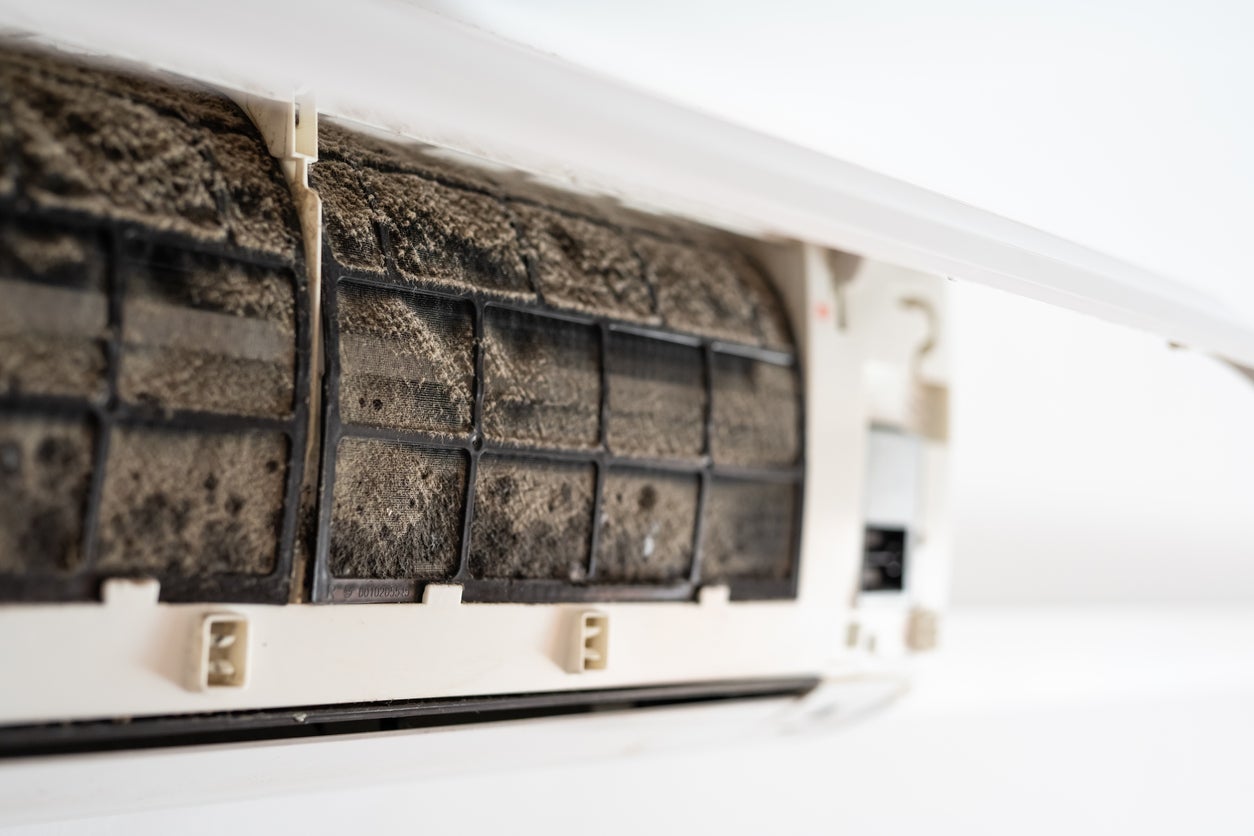
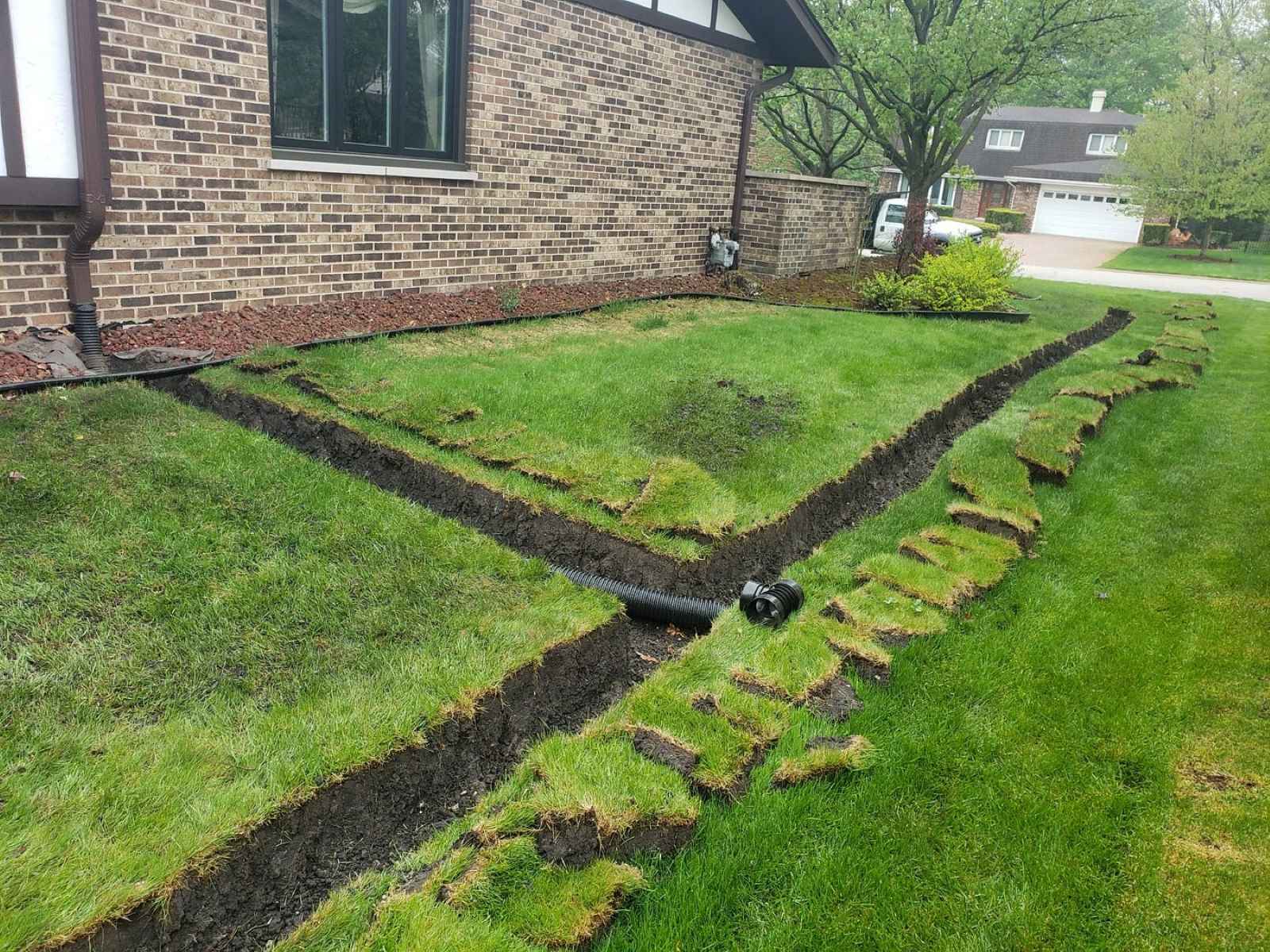
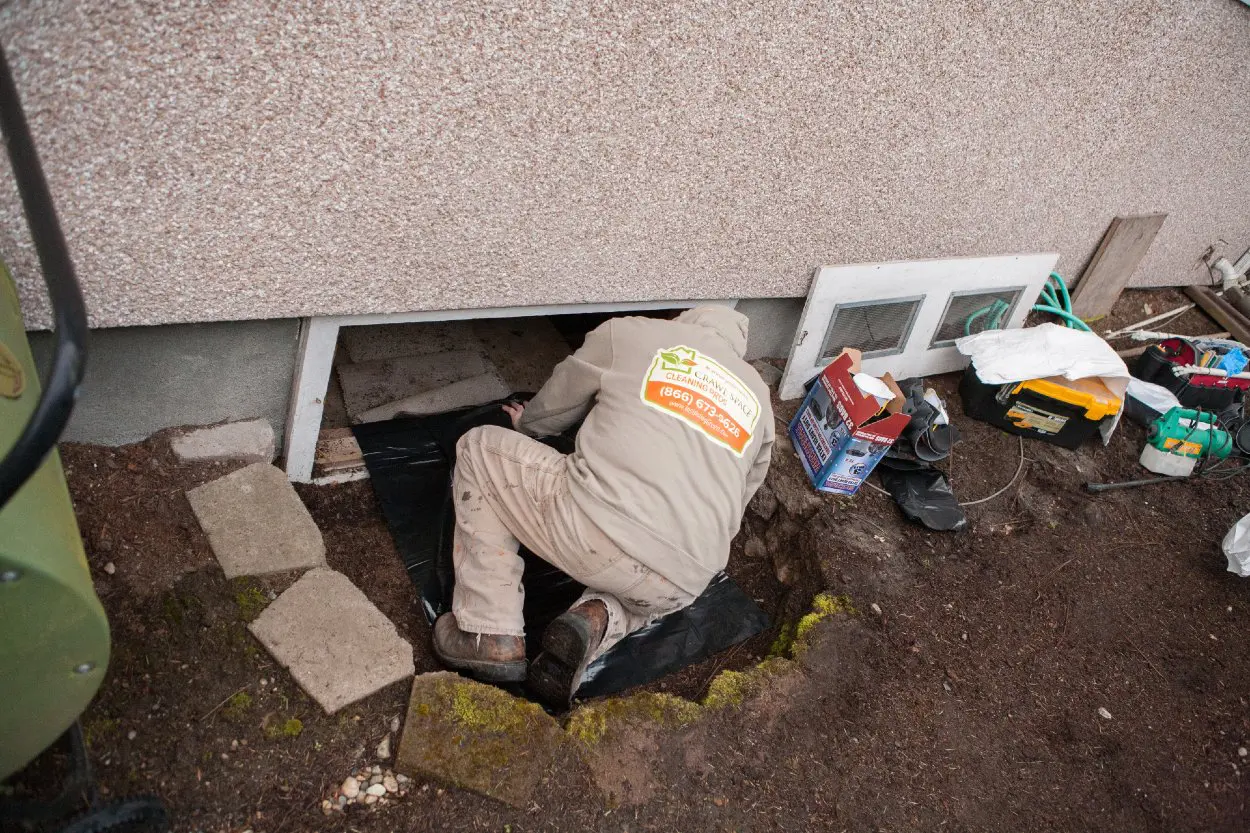
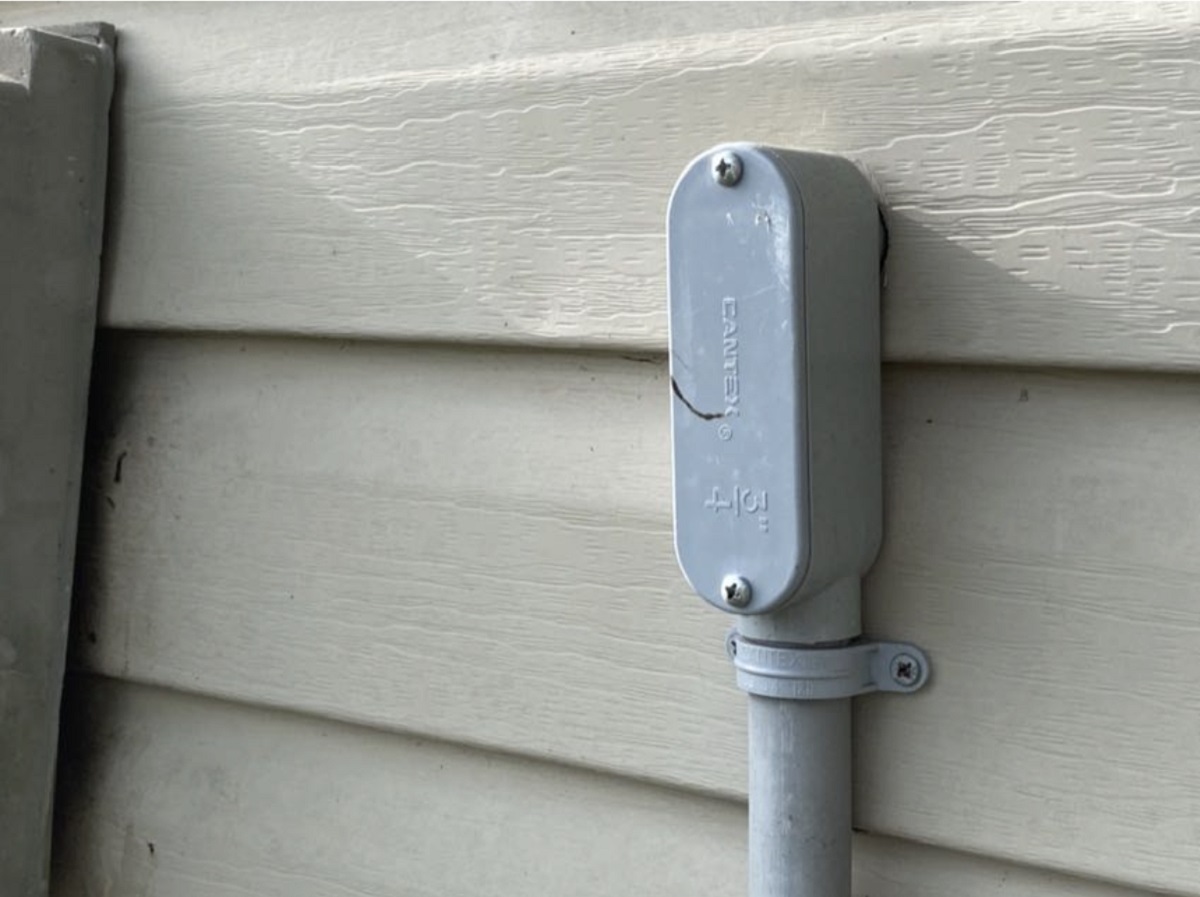

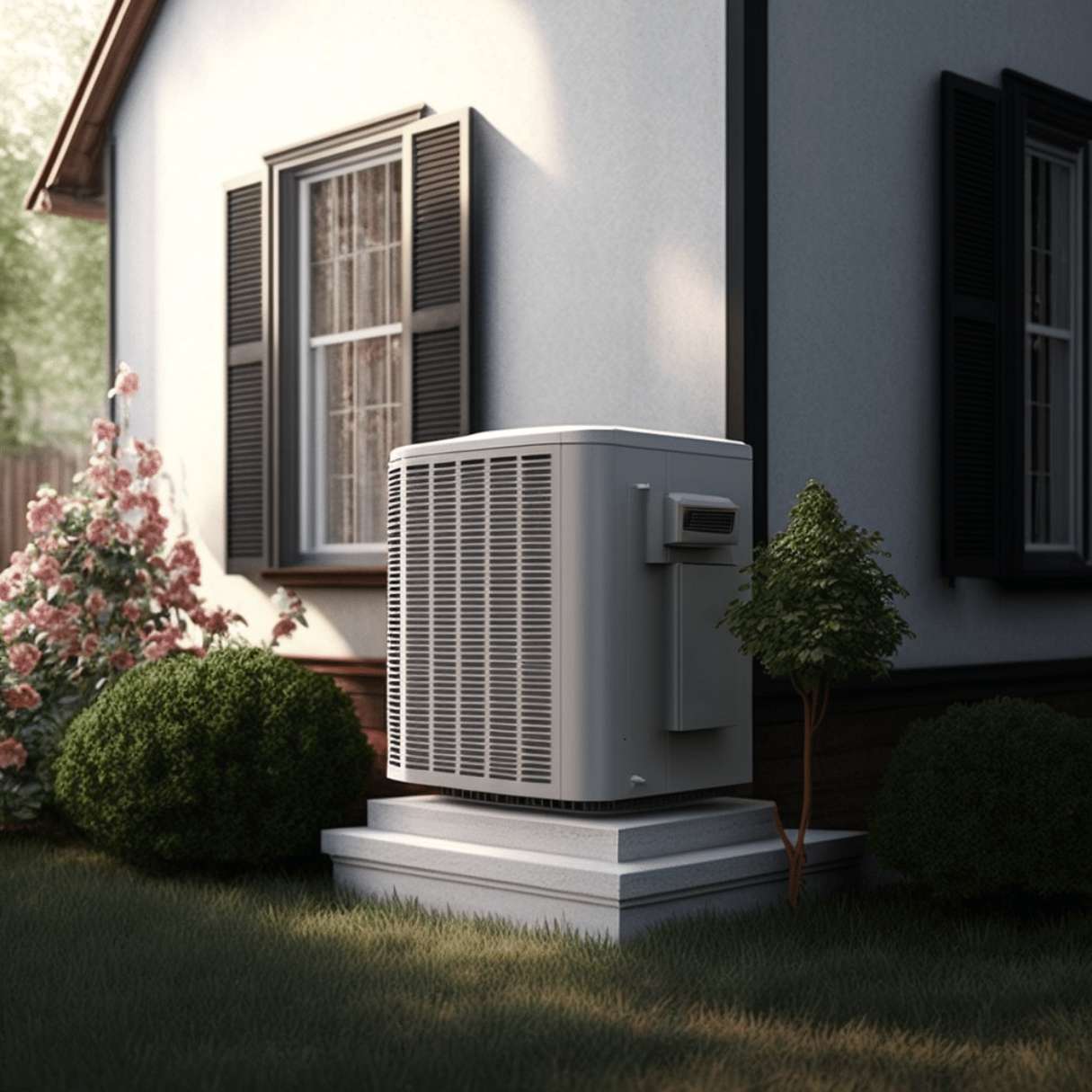
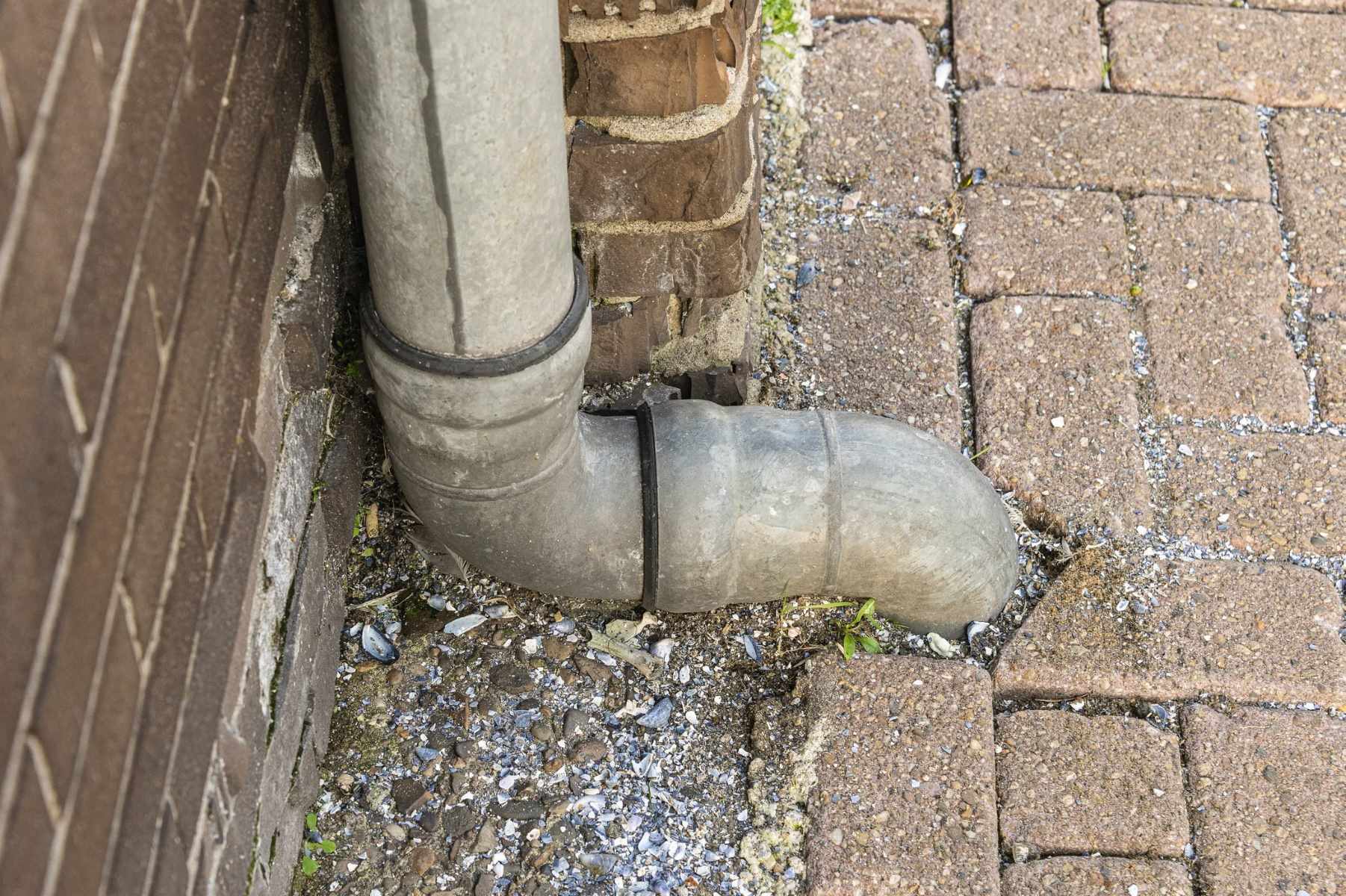
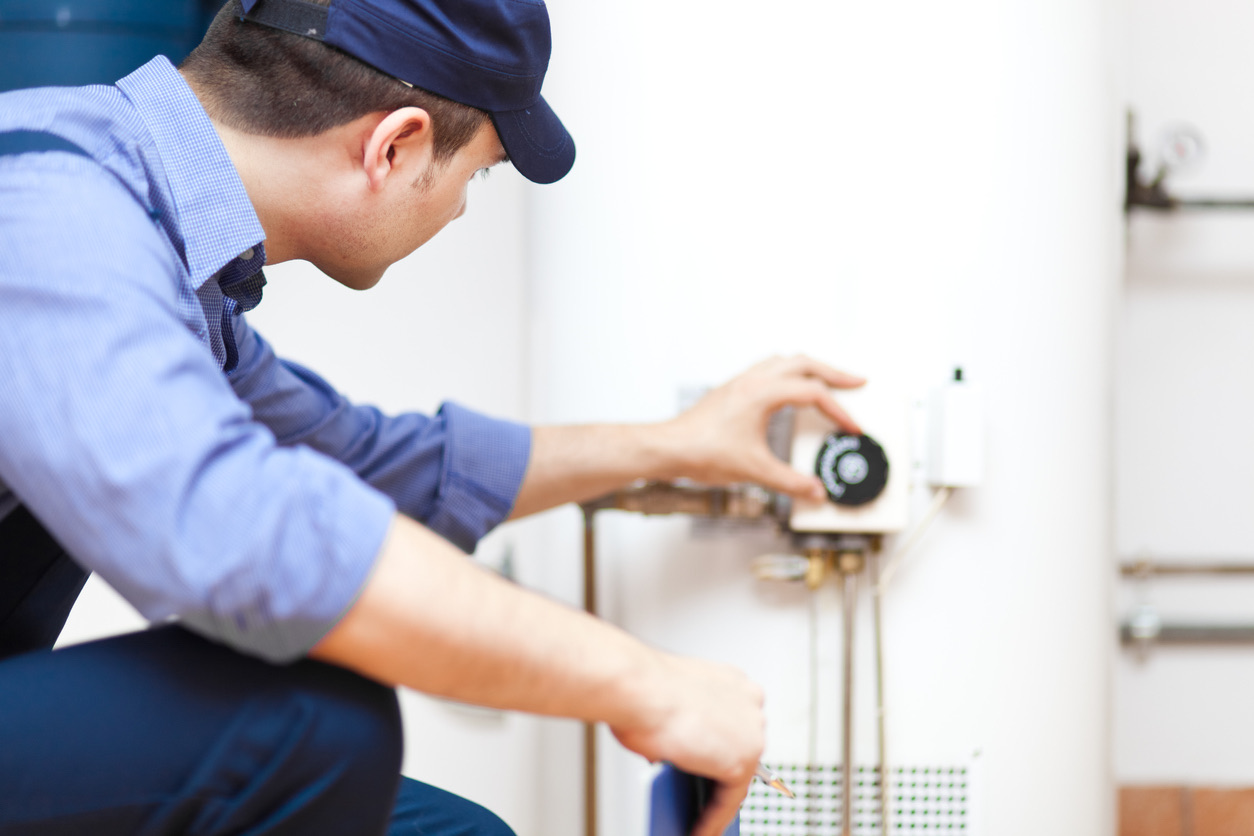

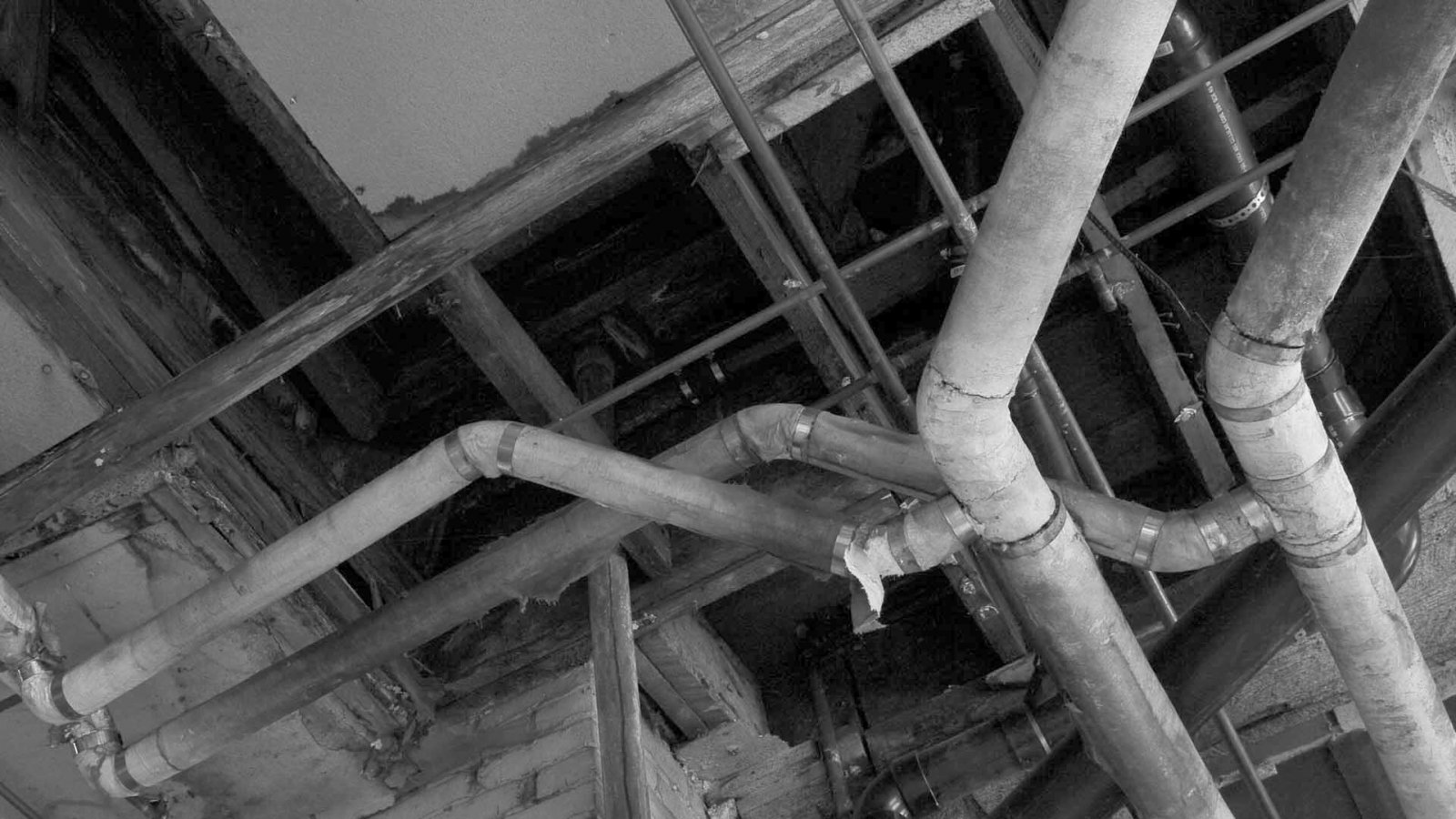
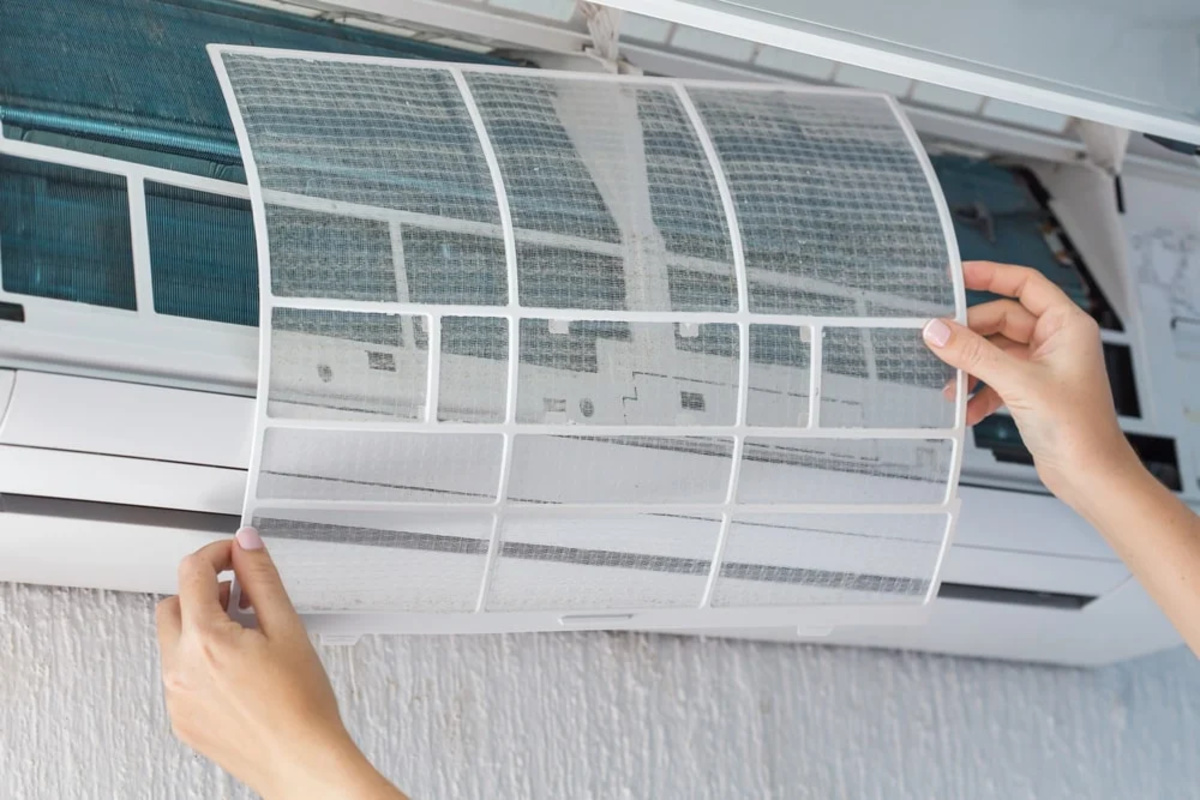

0 thoughts on “How To Find Mold In The House Ventilation System”